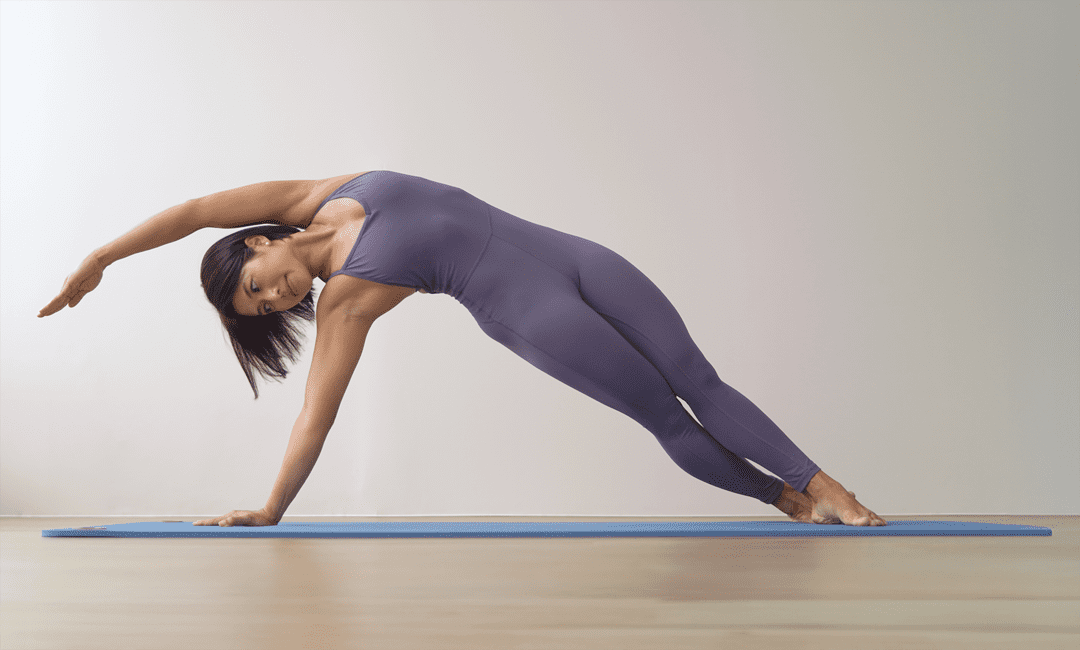
Namita Nayyar:
Like any fitness journey, practicing and teaching Pilates comes with its own set of challenges. Can you tell us about some of the obstacles you’ve faced and how you overcame them?
Mira Hassan:
Finding Time for Your Mat: Why Self-Practice Matters for Pilates Teachers
Many instructors, me included, face the challenge of fitting in self-practice amidst demanding schedules. I used to have an all-or-nothing mentality, believing that every Pilates session needed to be a hardcore, hour-long workout to be truly beneficial. This mindset led to skipped sessions and a constant feeling of exhaustion. The pressure to have a “perfect” practice ended up hindering me from practicing at all.
As I matured as a teacher, I realized a crucial truth: consistent, shorter practice sessions are far more effective than infrequent, intense workouts. I shifted my focus to a minimum of 20-30 minutes of daily practice, with the flexibility to extend it when time and energy allowed. This simple change had a profound impact. Not only did it cultivate greater body awareness and mindfulness, but it also led me to practice more frequently than ever before.
The benefits have been undeniable. I feel stronger, more present, and most importantly, injury-free despite the long teaching hours. This deeper connection to my own body translates into a more effective and impactful teacher. Clients can sense the genuine passion and understanding that comes from regular self-practice.
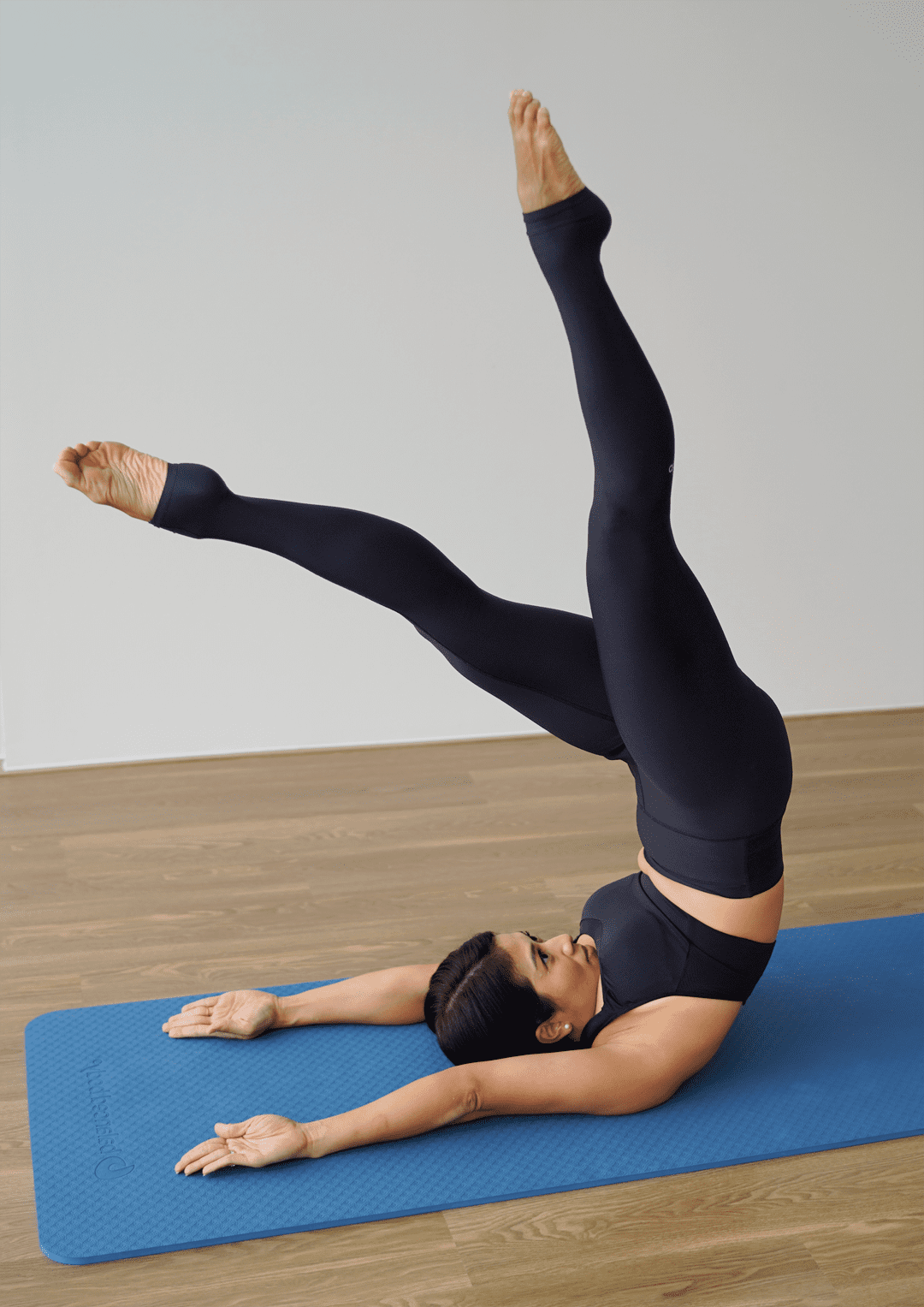
Beyond the Fancy Moves: The Importance of Mastering the Basics in Pilates Teaching
Every young Pilates instructor embarks on their journey with a spark – a desire to share the knowledge and excitement gleaned from their training. The initial urge might be to showcase advanced exercises, pushing clients to progress quickly without a deep foundation in the fundamentals. This approach, while seemingly creative, can be a double-edged sword.
There’s a hidden danger in this initial enthusiasm. Without a thorough understanding of the details – the proper breath work, muscle engagement, and meticulous execution – an instructor might resort to a constant barrage of new exercises to maintain client interest. This can lead to a “movement spectacle” that strays from the core principles of Pilates.
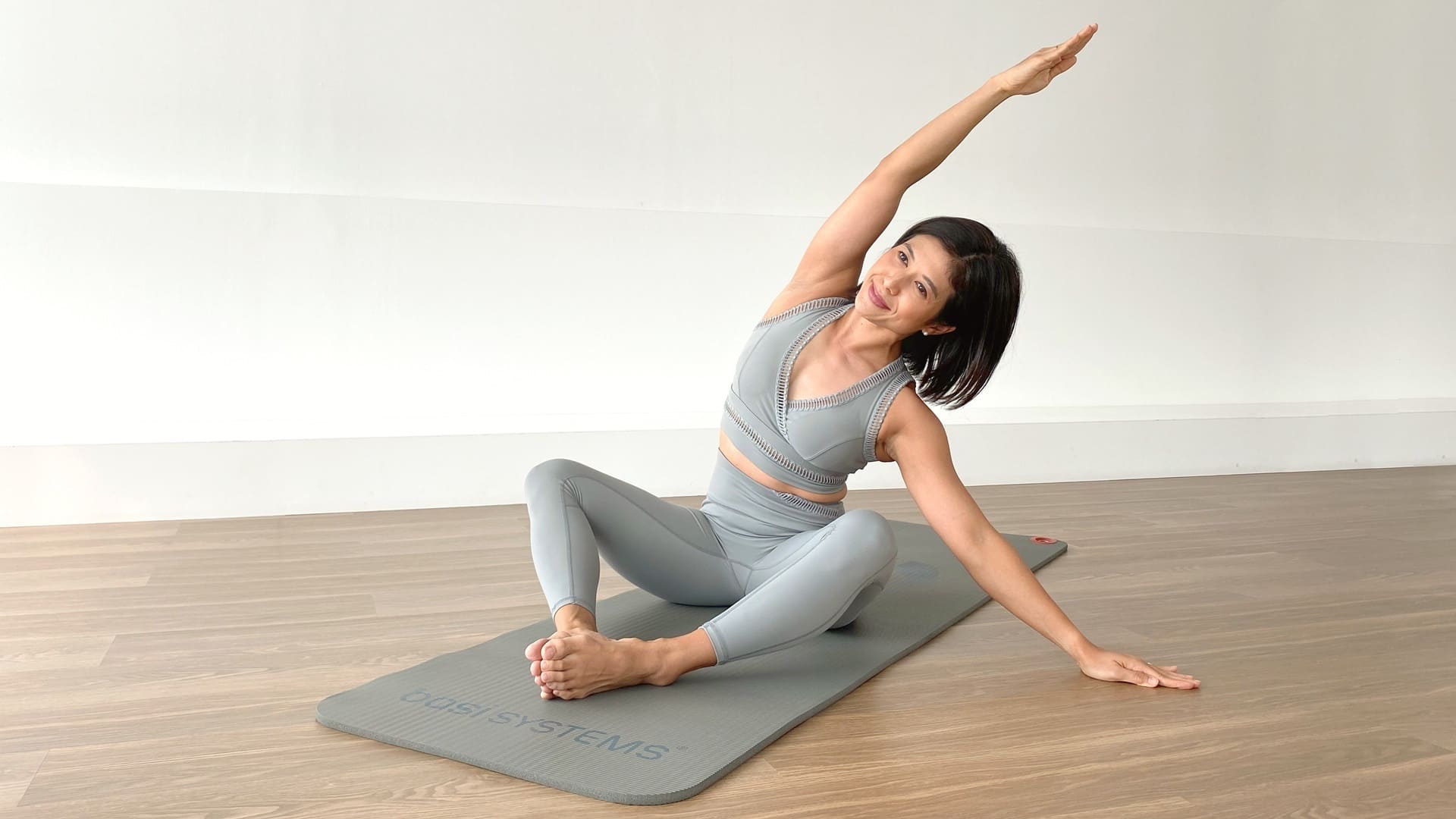
The true beauty of Pilates lies in its depth. Each exercise offers a treasure trove of learning opportunities. Instead of chasing novelty, a deeper exploration of the fundamentals unlocks a universe of possibilities. By breaking down movements into their microscopic components, and dissecting breath and muscle involvement, the instructor becomes a guide on a journey of profound discovery for both themselves and their clients.
This shift in focus requires patience, humility, and a continued thirst for knowledge. Instead of running out of exercise, you will find yourself running out of time! Clients, witnessing their progress and the meticulous attention to detail, become not just satisfied, but empowered and eager to return.
Namita Nayyar:
Your approach to Pilates seems to resonate with many. How would you describe your teaching philosophy, and what sets your classes apart from others?
Mira Hassan:
Keep Moving – achievable short classes to long classes.
Our bodies crave movement! But in today’s busy world, it’s easy to get stuck in a rut. Even just 15 minutes of daily movement can have a big impact. Think of it like a magic lotion for your body, keeping everything running smoothly.
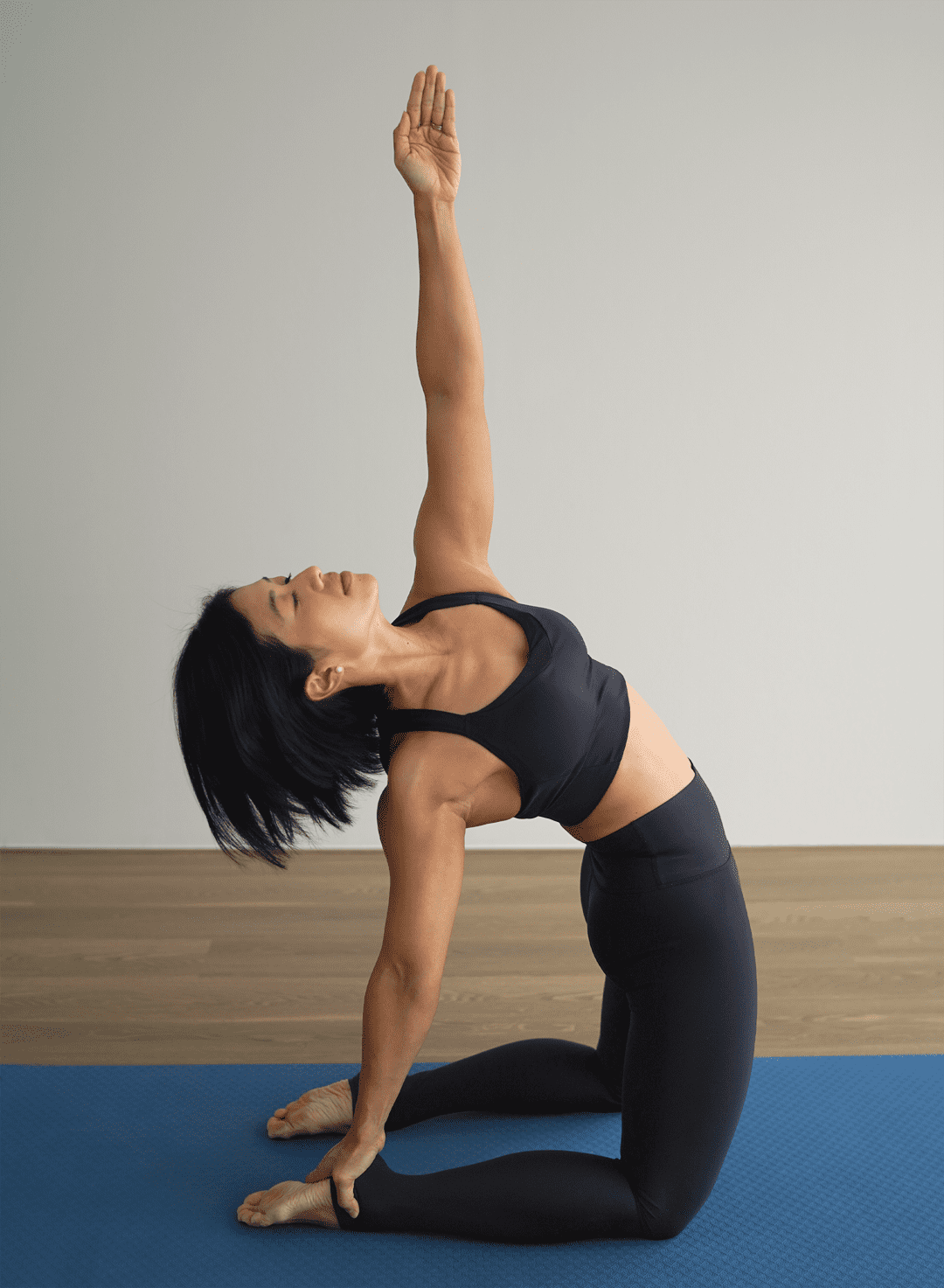
Something is always better than nothing. Just 10-15 minutes every day is better than an hour once a week. Whether it’s a quick Pilates session in the morning or a few stretches before bed, each little bit adds up. Moving can be anything that gets your body feeling good and active. The more regularly you practice, the more your body craves movement. This leads to creating consistent habits and self-discipline to move.
Most people think you need a long, hard, and sweaty workout. This may suit some but not for the general population. Long and high-intensity workouts might make you feel like you’re pushing hard, but they also increase your chance of getting hurt or feeling sore the next day.
My Pilates sessions are different. You can avoid those aches and pains. Instead of feeling worn out, you’ll finish each session feeling refreshed and energized. It’s all about precision, accuracy, and control.
The Pilates Way: Precision, Control, and Healing
My classes are more than just a workout. Pilates offers a unique path to well-being. It’s not just about pushing you to exhaustion; it’s about uniting your mind, body, and breath through mindful movements that heal and strengthen. Unlike high-impact workouts, Pilates emphasizes precision, control, and proper form. My classes guide you to be present in each movement, ensuring perfect alignment for maximum benefit. This approach helps you rediscover your body’s natural rhythms, creating a sense of movement that feels intuitive and empowering.
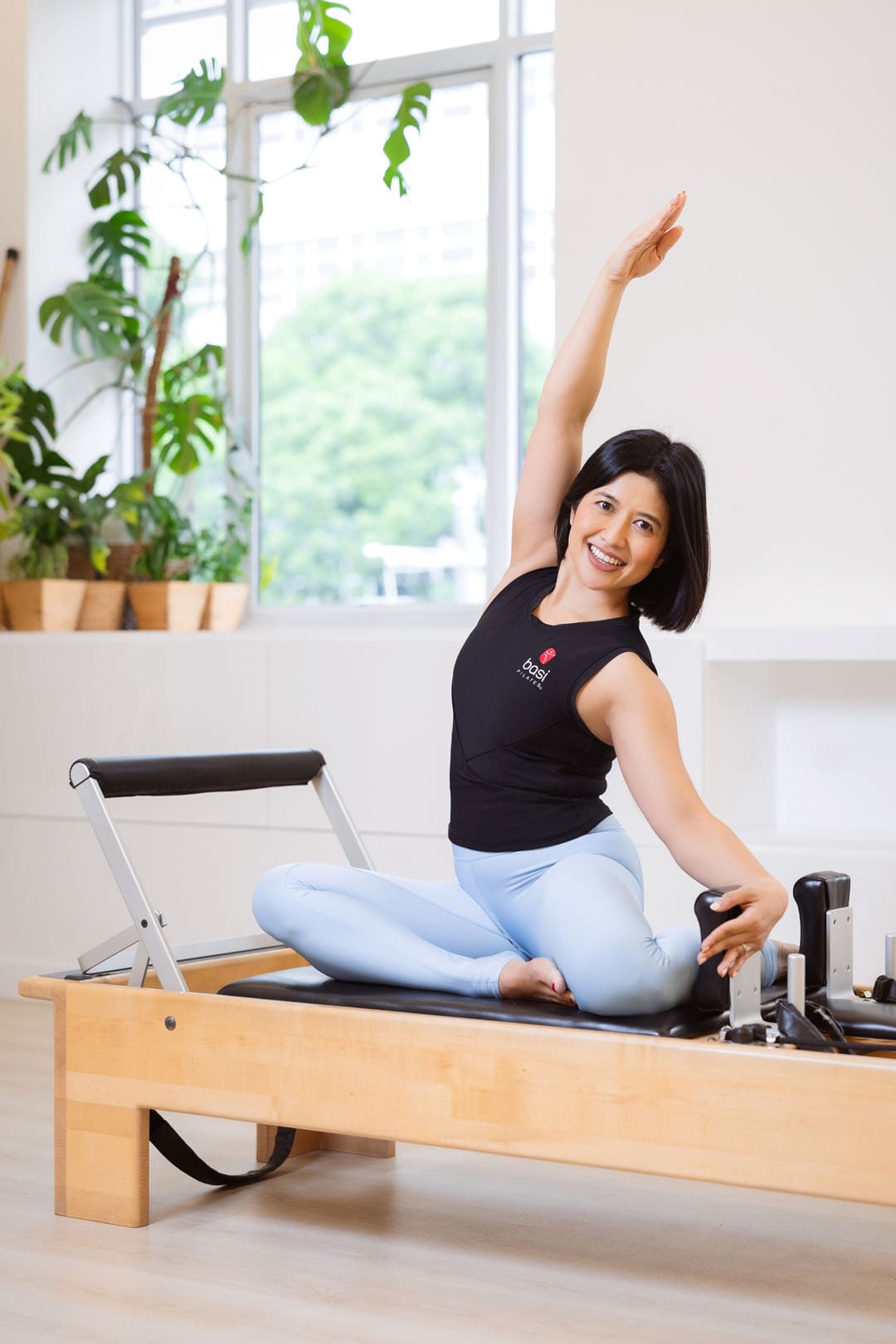
My teaching style blends the scientific foundation of Pilates with my experience as a dancer, fostering a deep connection with your body. Each exercise is designed to be low-impact, minimizing stress on your joints while maximizing effectiveness. This gentle yet powerful approach reduces injury risk and promotes overall well-being, leaving you feeling physically and mentally refreshed.
The journey doesn’t stop at physical benefits. Pilates encourages a deeper connection with your inner self. By focusing on your breath as it flows through your body, you’ll find a sense of calm and presence in the moment. This mindful practice not only enhances your physical flexibility and strength but also quiets your mind, allowing you to be truly present.
The Full Body System – A Symphony of Strength for Your Entire Body.
Pilates isn’t just about isolated exercises; it’s a holistic system designed to keep your entire body functioning optimally. Each of my sessions is meticulously crafted using the BASI Pilates® Block System, ensuring no muscle is left behind. Imagine a symphony, each movement and pose playing a specific role in a harmonious whole-body workout.
This comprehensive approach matters because daily life can lead to imbalances. Long hours sitting, computer strain, or even a slight limp can have a cumulative effect. Pilates acts as a counterpoint, retraining your body to move with the natural fluidity and strength it was designed for.
Think of your body as a finely tuned machine. Pain in one area can often be caused by compensation in another. My Pilates classes emphasize balance. Every class is designed to work the entire system, not just isolated parts. This holistic approach addresses imbalances and promotes optimal well-being.
Disclaimer
The Content is not intended to be a substitute for professional medical advice, diagnosis, or treatment. Always seek the advice of your physician or other qualified health provider with any questions you may have regarding a medical condition.